Merry Christmas & Happy New Year!
Christmas Deliveries: If you placed an order on or before midday on Friday 19th December for Christmas delivery it was despatched before the Royal Mail or Parcel Force deadline and therefore should be received in time for Christmas. Orders placed after midday on Friday 19th December will be delivered in the New Year.
Please Note: Our offices and factory are now closed until Monday 5th January when we will be pleased to deal with any queries that have arisen during the holiday period.
During the holiday our Gift Cards may still be ordered for any last minute orders and will be sent automatically by email direct to your recipient - see here: Gift Cards
Loughborough, All Saints Parish Church c.1950
Photo ref:
L197013


More about this scene
In the 19th century the church was heavily 'restored and improved in a hearty manner' by Sir George Gilbert Scott, a nationally famous architect, but the building still retains its medieval appearance. Close by is Loughborough's Manor House, now a hotel and restaurant. Whilst the main fabric of the present building is known to date from the 16th century, there is internal evidence in the roof beams and fireplaces, and in the large use of timber on one of the external walls, of a much earlier house. Fire was an ever-present danger with so many premises built from wood. Disease, specifically bubonic plague - the Black Death, carried by the fleas on black rats - killed between a third and a half of the population of England in the 14th century. It gets its name from causing abscesses which turn black. Bad weather and poor harvests may well have left the local people with little resistance to the virulence of the plague. Conditions in Loughborough helped to spread plague. Much of the town was either marshy or near to standing water. Garendon Abbey records five outbreaks in and around Loughborough in the 14th century. The worst epidemic is described as 'the Great Pestilence'. No one knows how many died, but the little community was doubtless affected as badly as most others. Many survivors saw the epidemic as the Judgement of God upon the world. The face of England would never be the same again and the plague would return to haunt Loughborough many more times.
Add to Album
You must be signed in to save to an album
Sign inShare This Photo
Buy a Print
Unframed, Mounted, Framed and Canvas prints in a range of sizes and styles.
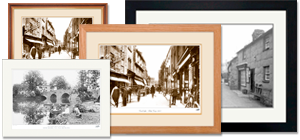
View Sizes & Prices
A Selection of Memories from Loughborough
For many years now, we've been inviting visitors to our website to add their own memories to share their experiences of life as it was, prompted by the photographs in our archive. Here are some from Loughborough
Sparked a Memory for you?
If this has sparked a memory, why not share it here?

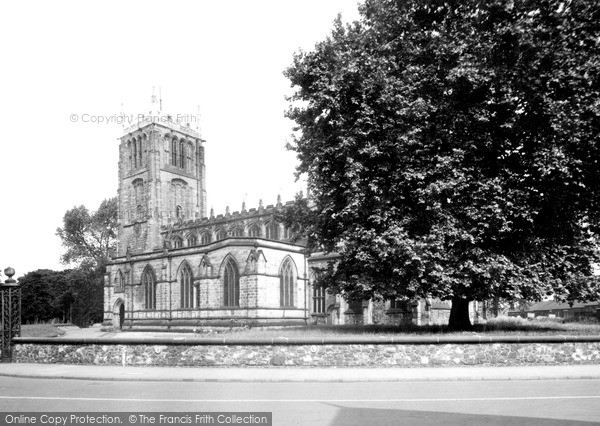
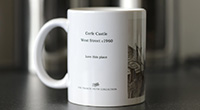
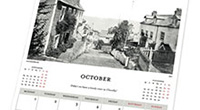
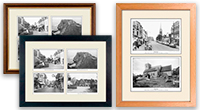
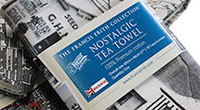


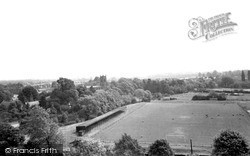
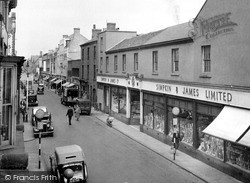
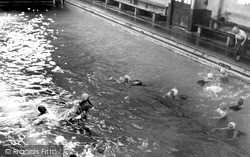
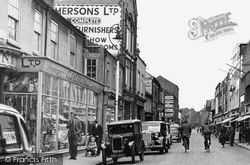
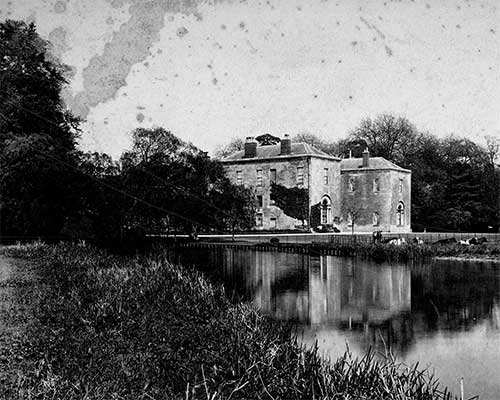 Before
Before
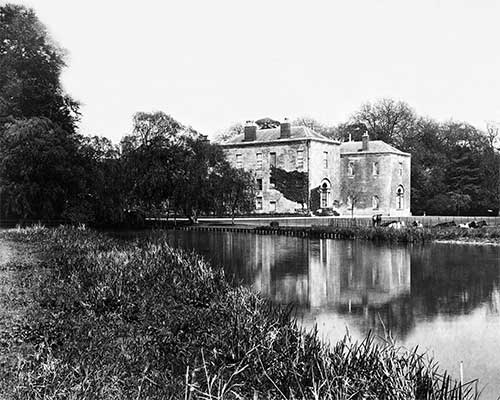 After
After